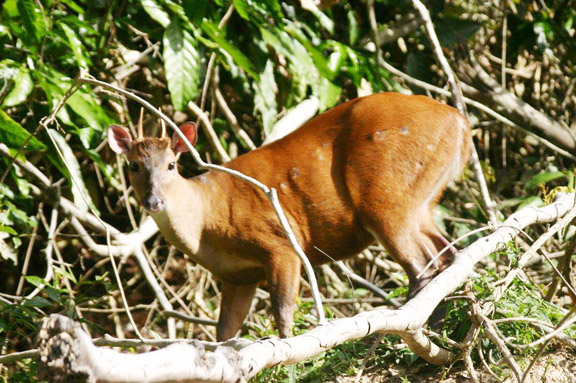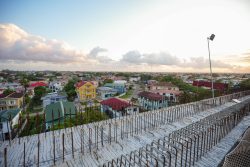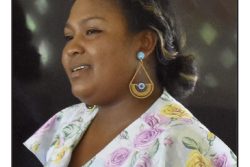The Red Brocket Deer (Mazama Americana) is a species of brocket deer that can be found in the forests of South America ranging from northern Argentina to Colombia and the Guianas. Historically this species use to be classified with the brocket deer found in Central America, but there has been recent analysis of this line of classification that has separated this species from its Central American relatives. This species is also known to occur on the island of Trinidad. Historical records placed the species on Tobago until recent times where it appears to have been extirpated due to overhunting. The red brocket deer is known to live in dense, moist forests. They are found in both mature and secondary rainforest, forest edge, gardens and forest plantations.
Red brocket deer are reddish-brown in colour with a lighter greyish-brown head and neck. The legs are partially blackish. The inner thighs and the underside of the tail are white. The fawns are spotted white and lack the blackish colour on the legs. The males can be differentiated from the females by the presence of short unbranched, spike-like antlers that are directed backwards. This species of brocket deer is the largest. They stand at shoulder height of 0.67 – 0.80 m and would typically weigh 24-48 kilograms.
![]() Little is known about these elusive red brocket deer. They are both diurnal and nocturnal. They are usually seen singly or as courting pairs and do not form aggregations. When alarmed, the animal snorts or stomps its hoof. The breeding season for this species varies across its range. In Argentina, red brocket deer reproduce from August to October. In Suriname, they give birth over at least a seven month period, while in Guyana
Little is known about these elusive red brocket deer. They are both diurnal and nocturnal. They are usually seen singly or as courting pairs and do not form aggregations. When alarmed, the animal snorts or stomps its hoof. The breeding season for this species varies across its range. In Argentina, red brocket deer reproduce from August to October. In Suriname, they give birth over at least a seven month period, while in Guyana
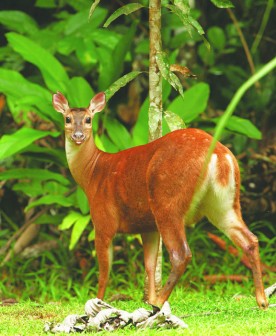
fawning occurs throughout the year. The females typically give birth to one young, but twinning is not uncommon. To ensure its safety the female hides her spotted young after birth and returns to nurse it. The fawn begins to follow its mother several weeks after birth. Females reach sexual maturity after 13 months; males mature at 12 months.
Red brocket deer are selective browsers and prefer to feed on fruit. When fruit is not available, leaves are the primary food source. During the wet season, fungi make up a large part of their diet. Red brocket deer are hunted extensively for food. In Guyana, they are listed as CITES III. They are generally widespread and common through much of their range. They are, however, scarce in some 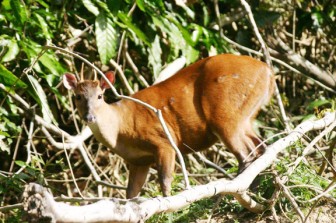 areas and are threatened by hunting and deforestation.
areas and are threatened by hunting and deforestation.
Rain forests are rich in biodiversity and are home to many different plants and animals. In addition, indigenous communities make their homes there. Even if you don’t live in the rain forest, humans rely on the forest for resources such as building materials (wood and lianas), medicine and fruits. Rain forests also provide essential environmental services for life on earth; they create soil as well as prevent soil erosion, produce oxygen though photosynthesis, maintain clean water systems, and are a key defence against climate change.
The Iwokrama Rain Forest is 371,000 hectares, located in the heart of Guyana. Our mission is to develop strategies for conservation and sustainable development for local people in Guyana and the world at large. We are involved in tourism, training, research and our timber is certified by the Forest Stewardship Council. Come and visit us in the rain forest or at http://www.iwokrama.org.
